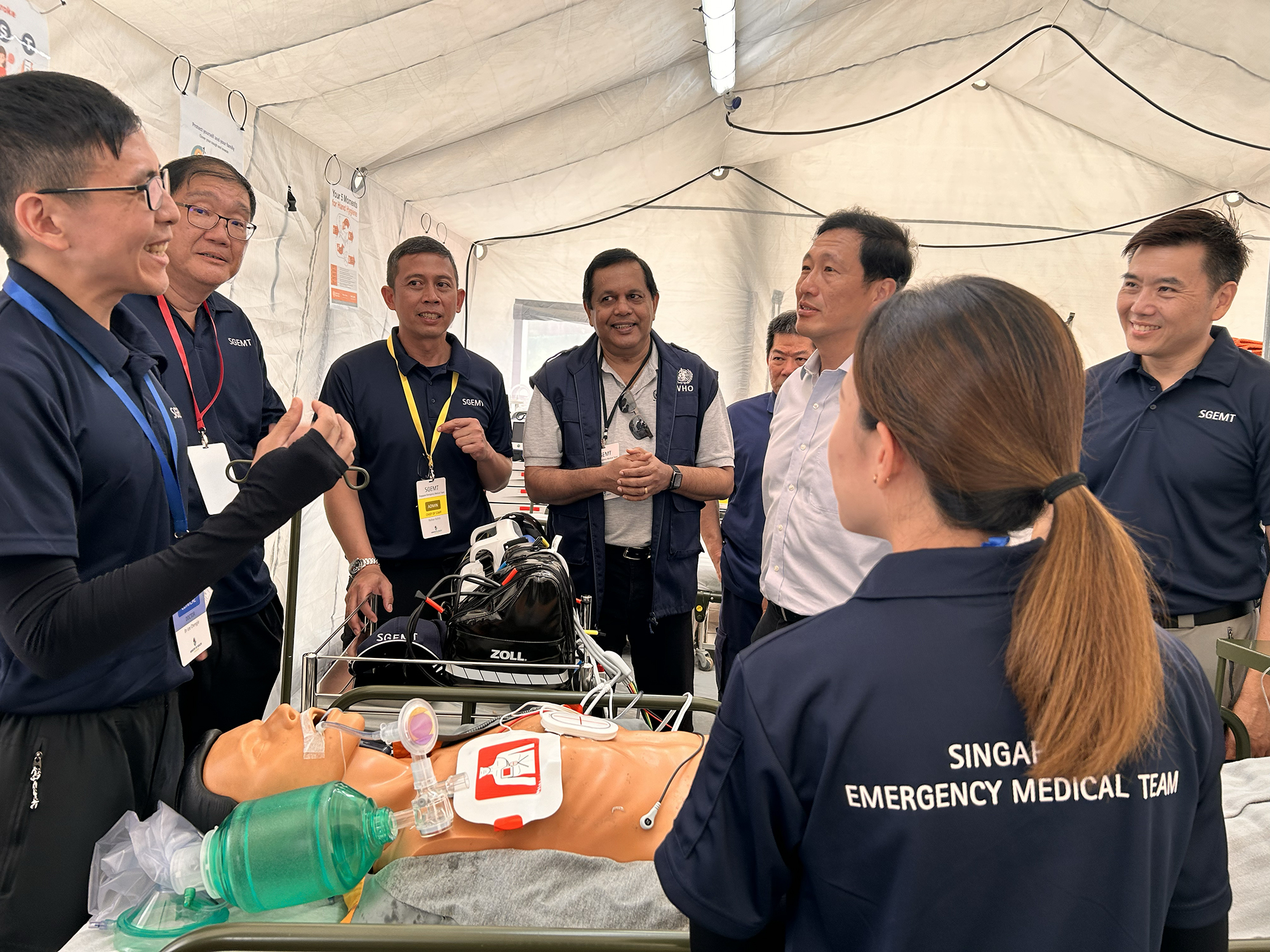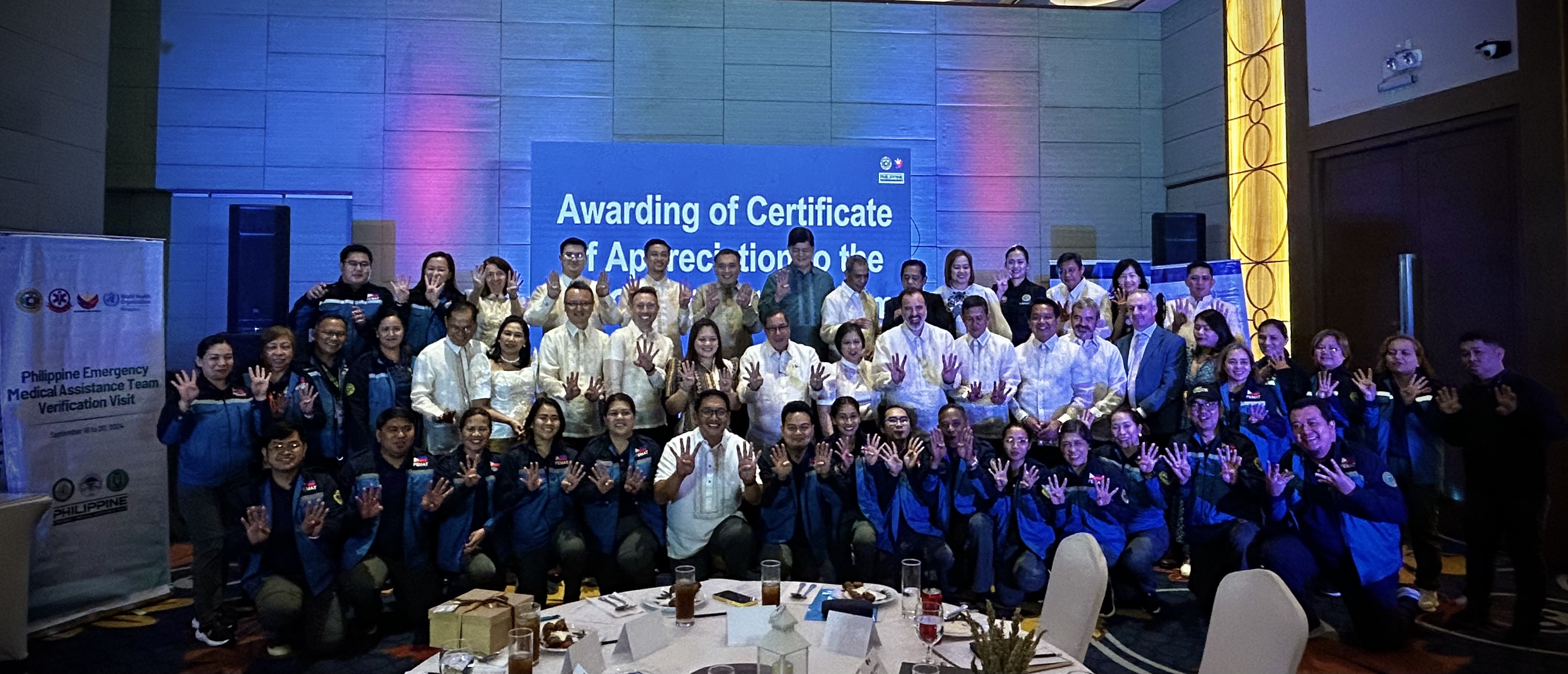/teams/regional-emergencies-programme-and-division-of-health-security-and-emergencies-(dse)/emergency-operations-(emo)/photo-2025-03-13-08-52-40.jpg?sfvrsn=991c635_3)
13 March 2025 | Joint News Release
Disasters, outbreaks and other emergencies can overwhelm the resources and capabilities of health-care systems. In some cases, they lead to increased demand for health services due to trauma or illness. Disasters can also damage health facilities and outbreaks may also affect health workers, limiting the ability of the health system to meet needs. Countries must be able to provide care to people in need, and to do so where those people are located. This means having deployable, self-sufficient clinical capacity in the form of field hospitals or field clinics that can provide life-saving care to those affected by health emergencies - known as Emergency Medical Teams, or EMTs.
EMTs can provide routine outpatient care, manage emergency and trauma cases, manage mass casualty incidents, and safely stabilize and refer patients for higher level care. In addition to clinical expertise, EMT team members are trained to work in the most challenging conditions, establishing field hospitals that are fully self-contained, limiting demands on local resources that may already be stretched in an emergency context. The EMT Initiative aligns with global efforts to standardize quality and enhance interoperability between national, regional, and global emergency workforce capacities.
/teams/regional-emergencies-programme-and-division-of-health-security-and-emergencies-(dse)/emergency-operations-(emo)/photo-2025-03-13-08-52-40.jpg?sfvrsn=991c635_3)
13 March 2025 | Joint News Release

12 September 2024 | Media release

19 September 2024 | Joint News Release
